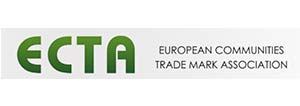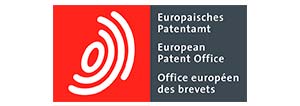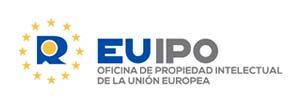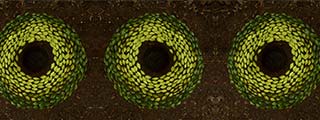
Other Types of Protection
Other Spanish national invention protections to be taken into account are biotechnological inventions, supplementary protection certificates and topographies of semiconductor products.
BIOTECHNOLOGICAL INVENTIONS
The Directive of the European Parliament and Council covers the need to adapt the legal framework for the protection of inventions in the European Union to the characteristics of this sector of innovation concerning the legal protection of biotechnological inventions.
The European Union has thereby attempted to guarantee an effective, uniform protection of these inventions in the group of Member States, essential to encourage investment in research and development in the European biotechnological industry and to strengthen its competitive position in the world market.
The EU Directive has been included in Spanish Law by means of the corresponding Act, the aim thereof being to adapt the Spanish provisions to those already existing in European patent regulations.
It is structured into four articles, which regulate four fundamental areas:
- Patentable biotechnological inventions are delimited: The patentability of biological material is expressly accepted if it has been isolated or manufactured by means of a technical procedure. This criterion is fundamental to distinguish the patentable invention from the non-patentable discovery.
- Genetic sequences: Elements isolated from the human body or obtained by means of a technical procedure with a particular industrial application can be patented, provided they meet the general requirements of patentability for inventions.
- The kingdom of living matter: Conversely, a general dividing line is established between what can and what cannot be patented, and the possibility is foreseen of rejecting the patentability of inventions for ethical reasons or reasons of public order, maintaining the prohibition of patenting plant varieties and animal breeds.
- Mandatory licences: Both the owners of biotechnological invention patents and the owners of plant variety certifications must grant the mandatory licence when the variety or the subsequent invention entails, in comparison with the prior art, a significant technical breakthrough of considerable economic importance.
SUPPLEMENTARY PROTECTION CERTIFICATE
TOPOGRAPHY OF SEMICONDUCTOR PRODUCTS
FAQs on Other Types of Protection
What is a patent?
A patent is an exclusive right granted to an invention; that is, a product or procedure that provides, in general, a new way of doing something or a new technical solution to a problem. To be patentable, the invention must fulfil the following requirements.
What is a utility model?
A utility model is also an exclusive right granted to an invention with a lesser degree of inventiveness, consisting of providing an object with a structure from which some usefulness is derived.
What sort of inventions are patentable?
Inventions that display novelty, provide an inventive step and also have industrial applicability are patentable.
Why are inventions necessary?
Inventions (Patents or Utility Models) are incentives for individuals, as they provide them with recognition for their creativity and also with material reward.
What is the first step an inventor should take?
The first step would be to visit an Industrial Property expert, who will recommend the best method and strategy for the protection of his invention.
What is the priority date?
It’s the date of filing the invention application; starting on this date a 12-month term commences to claim the priority right in other countries.
Request commitment-free information

Patent registration
Patent your idea or innovation in Spain or on an international level, thus preventing its exploitation by third parties.
WE ARE REGISTERED INDUSTRIAL PROPERTY AGENTS
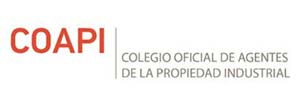
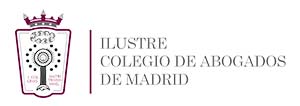
WE ARE ACCREDITED AGENTS FOR:
Contact us
If you have any doubts or would like to receive further information, you can contact us at:
alvamark.w@alvamark.com
91 576 33 34 (Fax)




